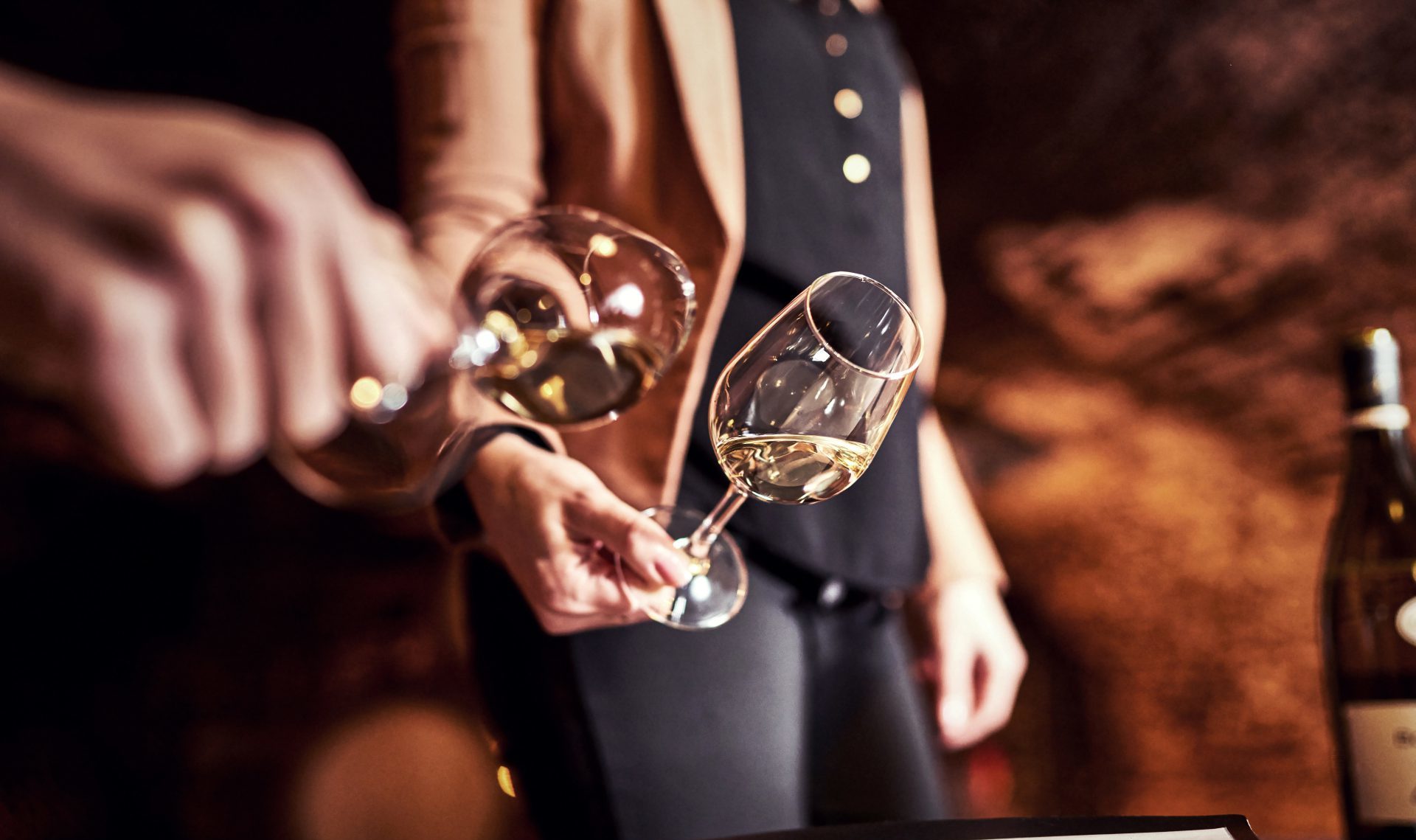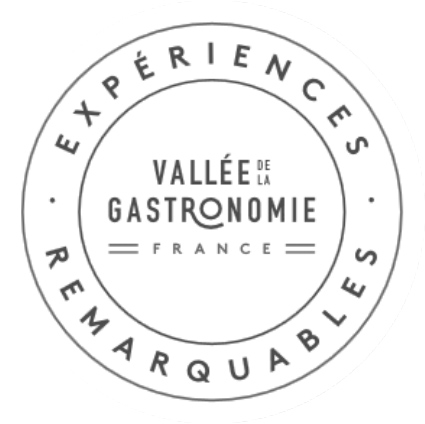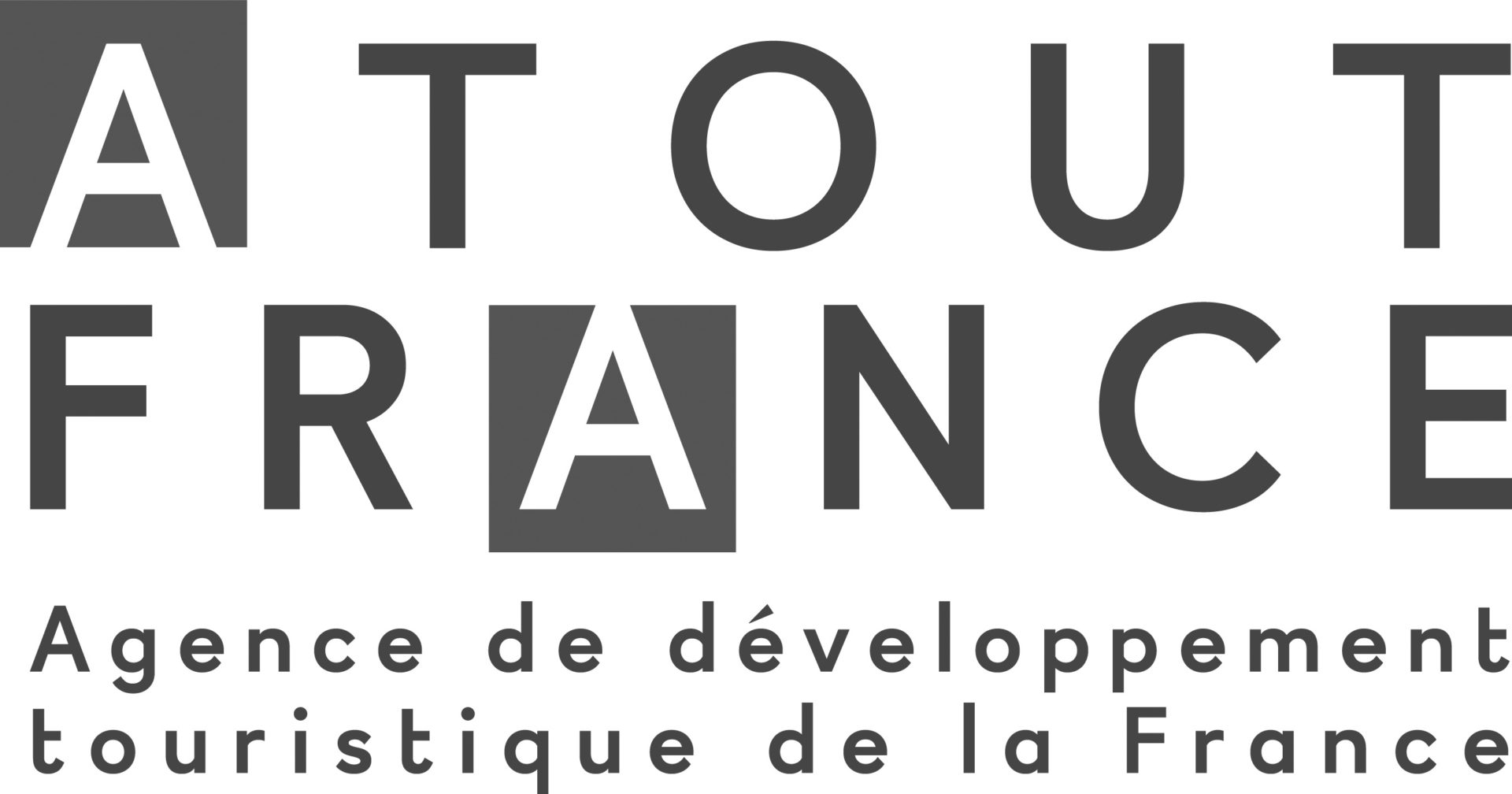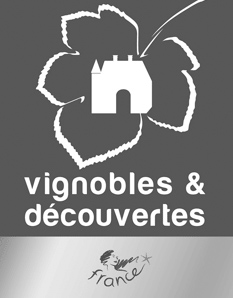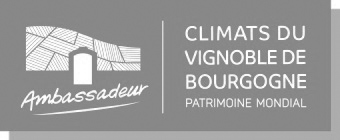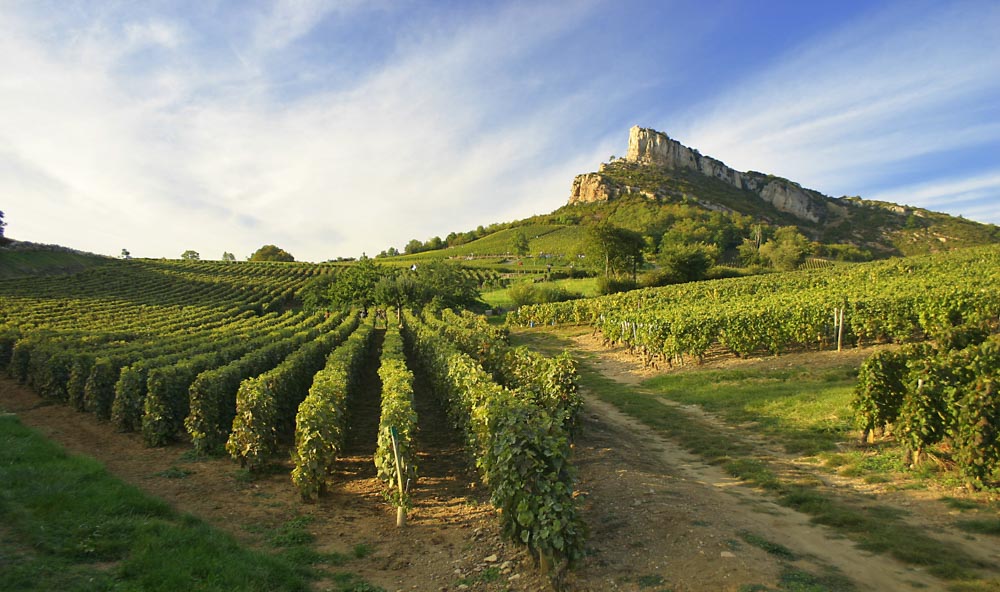
BOURGOGNE IN DEPTH
From north to south
Explore wine-growing Burgundy
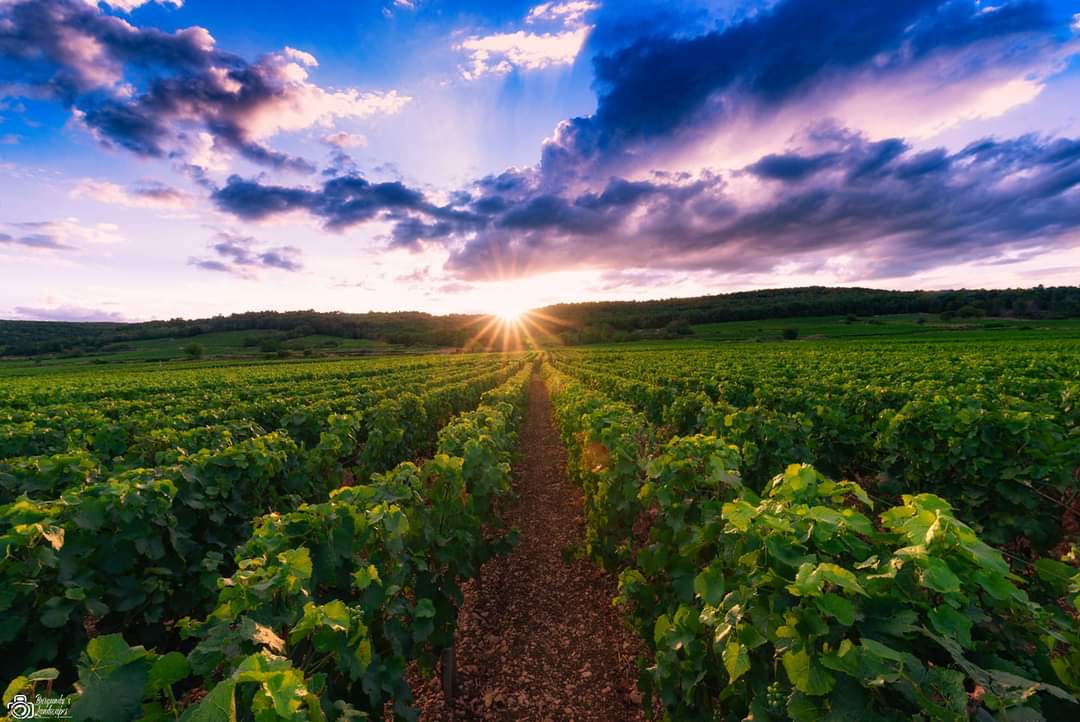
Immerse yourself to the 5 wine areas of Burgundy: Chablisien, Côte de Nuits, Côte de Beaune,
Côte Chalonnaise, Mâconnais and discover the unique personality of Burgundy wines
Burgundy in depth
6 days – 5 nights
Welcome in Paris. Meet your private driver for a ride to Chablis, in the north of Burgundy,
for a first experience of wine-growing Burgundy.
Day 1
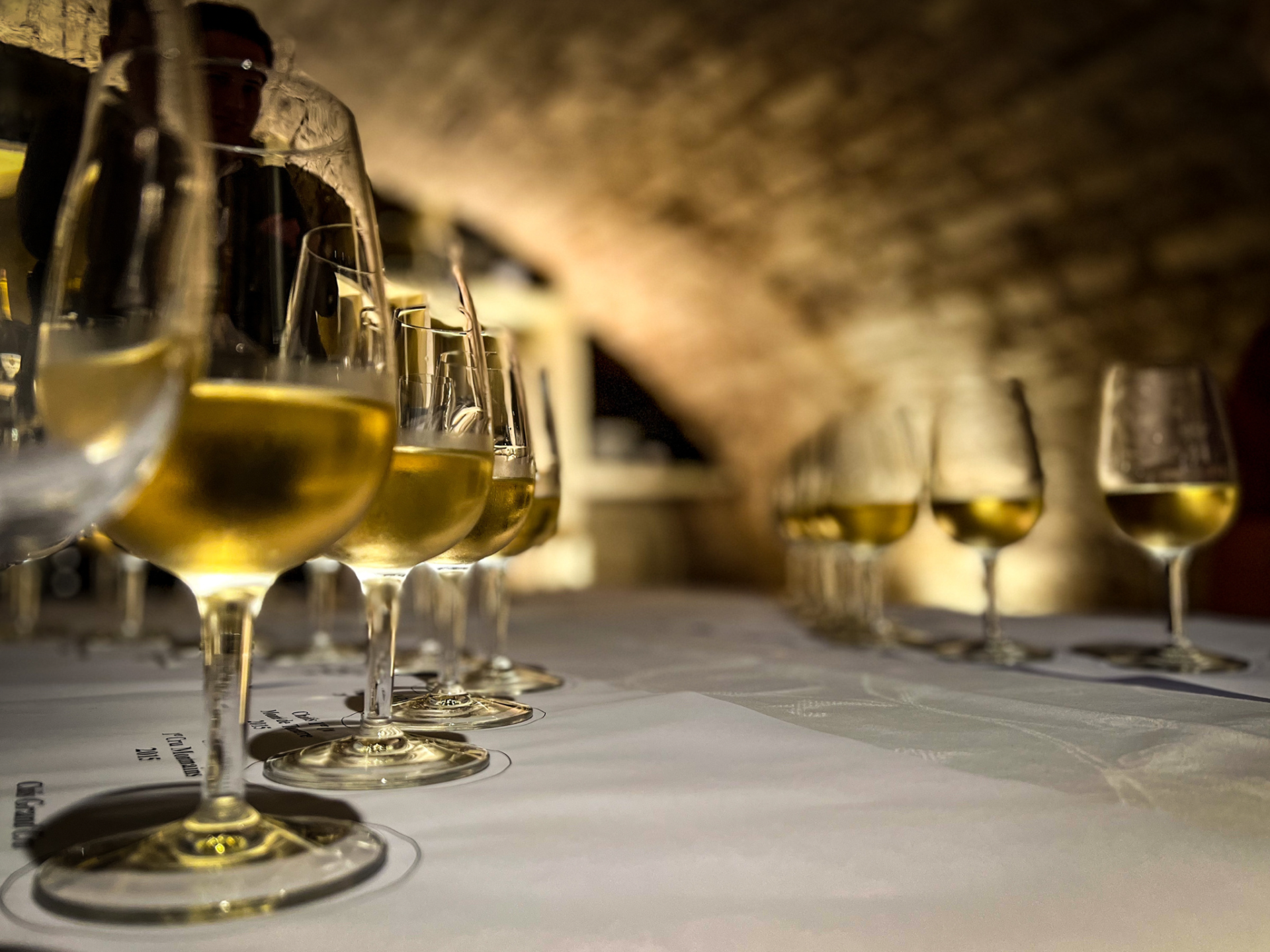
CHABLIS
CÔTE DE NUITS
Here are born the most prestigious wines in the world.
Explore some of the renowned villages producing world-wide wine appellations: Gevrey-Chambertin, Vosne-Romanée, Chambolle-Musigny…
The winegrowers listen to their land, nurture their vines and take care of the soil. In order to preserve the unique geological characteristics of each plot, they work in a way that respects the plant and its environment, limiting the use of phytosanitary products as much as possible.
Meet daring and passionate producers sharing their unique know-how and taste the diversity of character of Pinot Noir from different terroirs, different origins.
Day 2
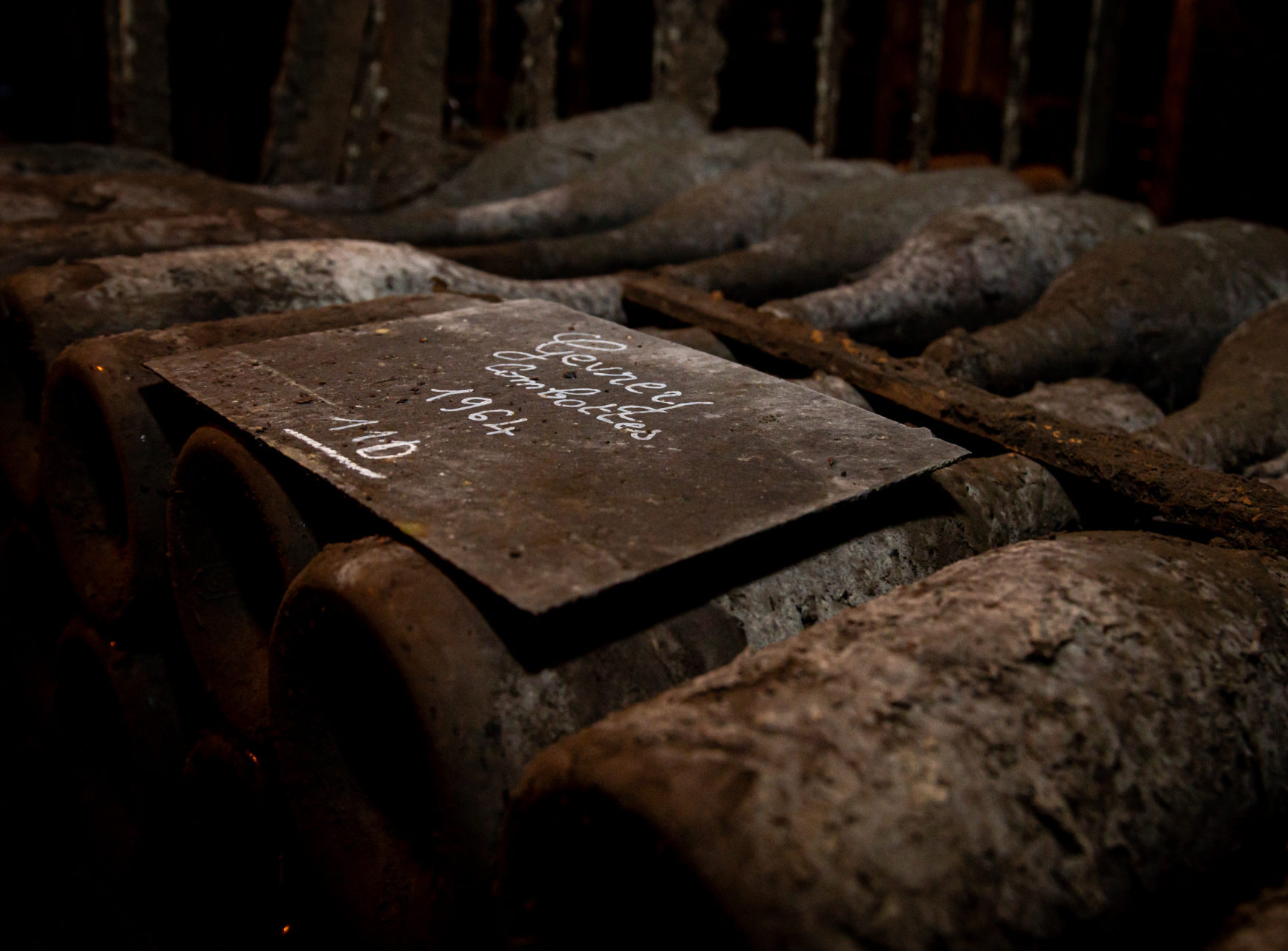
Day 3
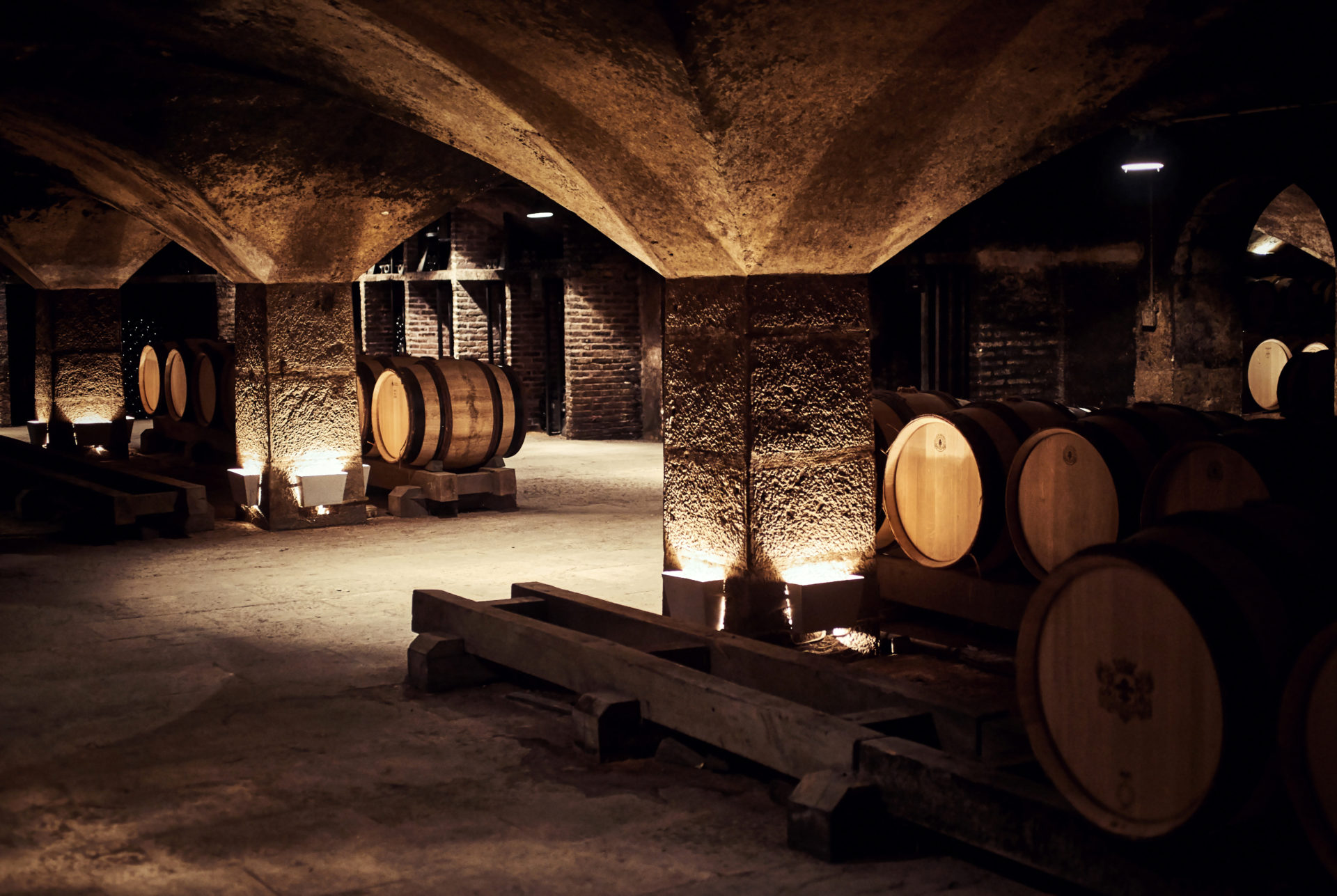
Côte de Beaune
The totem of Burgundy’s Grand Cru whites, Montrachet achieves the feat of combining immense richness with the utmost finesse. Few wines unleash as much passion as this climat, considered to be the pinnacle of dry white wines.
Around the town of Beaune, the vineyards are mainly planted with Pinot Noir as in Volnay, Pommard, Ladoix, … although the Chardonnay grape produces a few marvels on the Corton hill. From Meursault onwards, the Chardonnay grape dominates, producing wines that are very diverse in terms of their aromatic profile, between legendary appellations such as Bâtard-Montrachet and less well-known treasures such as Saint-Aubin and Santenay.
Côte Chalonnaise
To the south of the Côte de Beaune, the Côte Chalonnaise produce ruby red wines and delicate whites. In this land of contrasting landscapes, you will discover some renowned appellations made from Pinot Noir, Chardonnay or Aligoté.
For a thousand years, the vines have plunged their roots into soil similar to those of the nearby Côte de Beaune.
Winemakers grow several different varietals, although Chardonnay and Pinot Noir dominate. Exceptionally, the hamlet of Bouzeron gives pride of place to the Aligoté grape, as home to the only appellation Village that is entirely produced from this ancient varietal.
Day 4
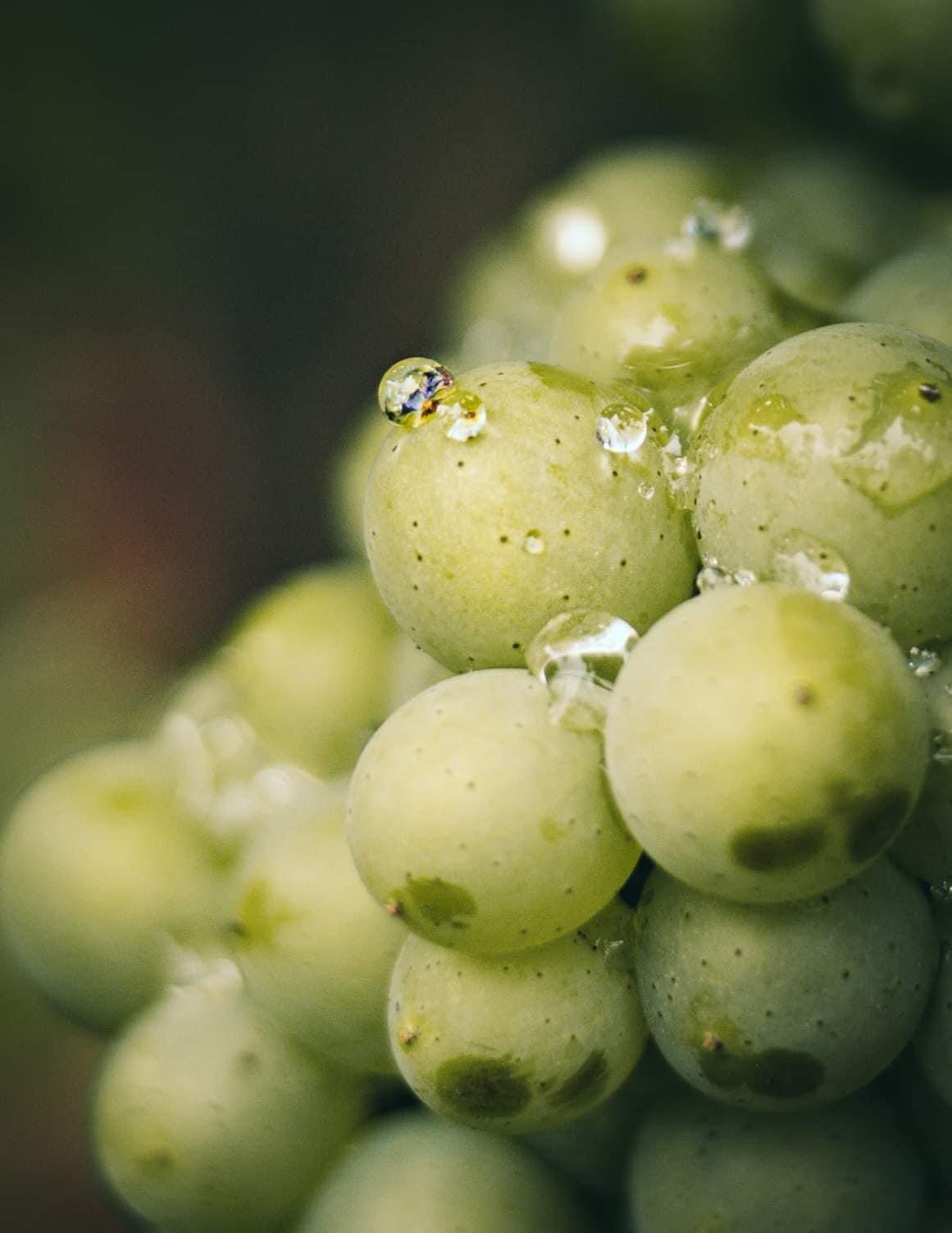
Day 5
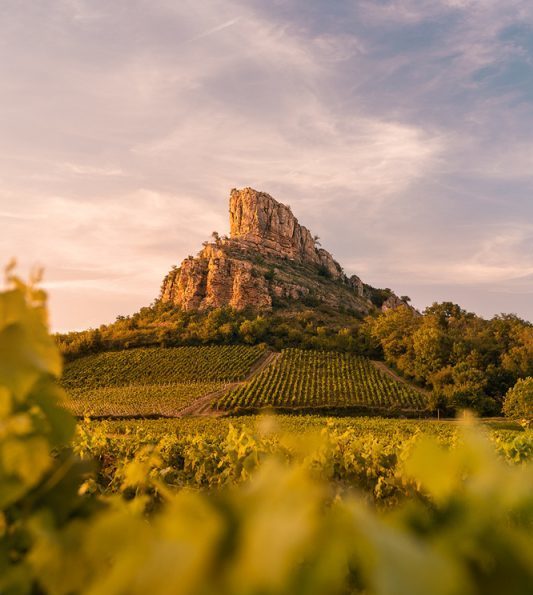
Mâconnais
The most southerly terroir in Bourgogne, the Mâconnais is a winegrowing region where rolling landscapes are alternated with monumental cliffs.
Further to the south, the hills give way to a grandiose landscape that is dominated by some monumental outcrops, including those of Vergisson and Solutré.
In this wonderful environment, where the Chardonnay grape reigns supreme and where patches of Gamay can be found, you will taste some powerful white wines that are rich in aromas, not to mention some delectable reds.
Day 6
Lyon
Saint Jean Cathedral, the Basilica of Fourviere, the banks of the Saône…
Stay in the old Lyon district and enjoy the exceptional view of Fourvière hill.
The next day, explore the city of Lyon freely.
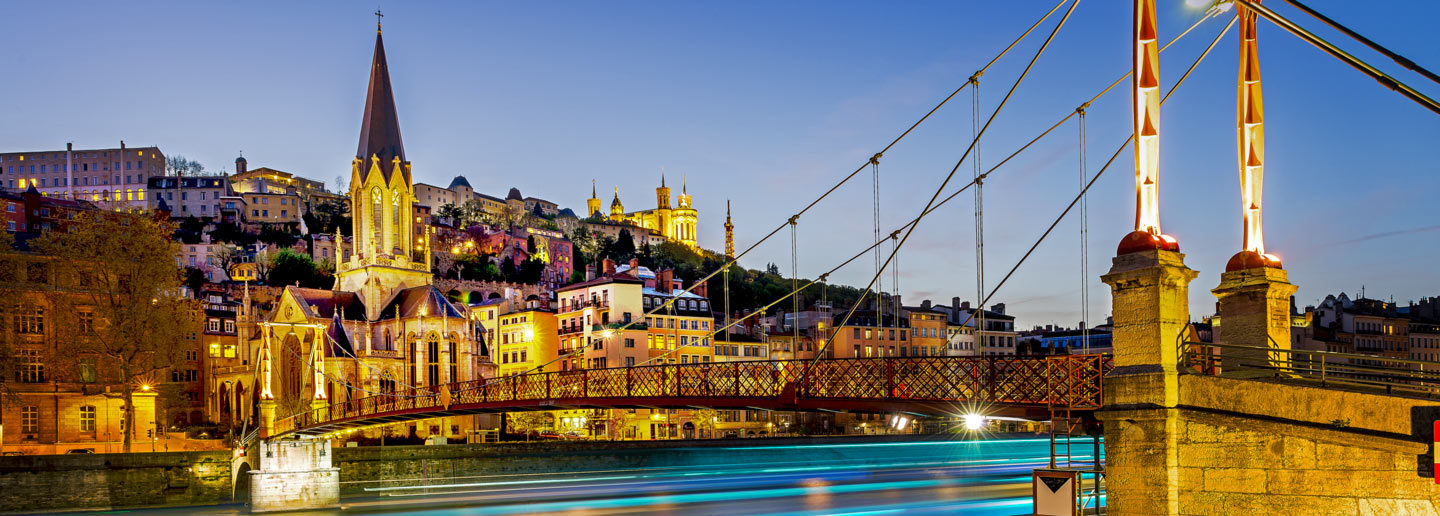

Prices
Choose your stay
ESSENTIAL
Commented stay
9 Wine tastings of all levels of appellations
Transportation
5 nights in 4**** hotels with breakfast
4500 € per person
4200 € per additional person
PRESTIGE
Commented stay
9 Tastings of all levels of appellations
Transportation
2 Lunches (traditional restaurants, wine estate or Mâchon Bourguignon)
Transportation
2 1* Michelin dinners
5 nights in 5***** hotels with breakfast
6000 € per person
5600 € per additional person
EXCLUSIVE
Commented stay
5 wine tastings of all appellation levels
5 Tastings of wines from Premiers and Grands Crus appellations
5 Lunches (traditional restaurants, wine estate or Mâchon Bourguignon)
Transportation
5 Michelin-starred dinners
5 nights in exceptional 5***** hotels with breakfast
10 000 € per person
9700 € per additional person

FURTHER INFORMATIONS
Prices indicated per person based on two people.
A day tour lasts approximately 8 hours (9:30 a.m.-5:30 p.m.).
Stays are adjustable according to your itinerary, arrival/departure time, specific wishes.
Transport to Burgundy can be provided by car with private driver, by train according to your preference or by helicopter upon quote.
The stay ends freely. Several options will be offered to you to extend your stay in France or to reach the nearest airport.
Contact us for a personalized quote
Options
Additional services
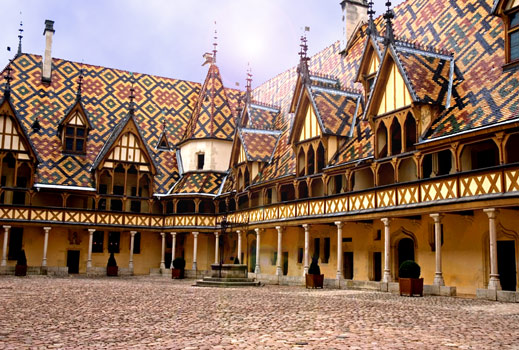
VISIT BEAUNE
Discover Beaune and its Hospices, capital of Burgundy wines and its rich historical heritage.
120 € / person
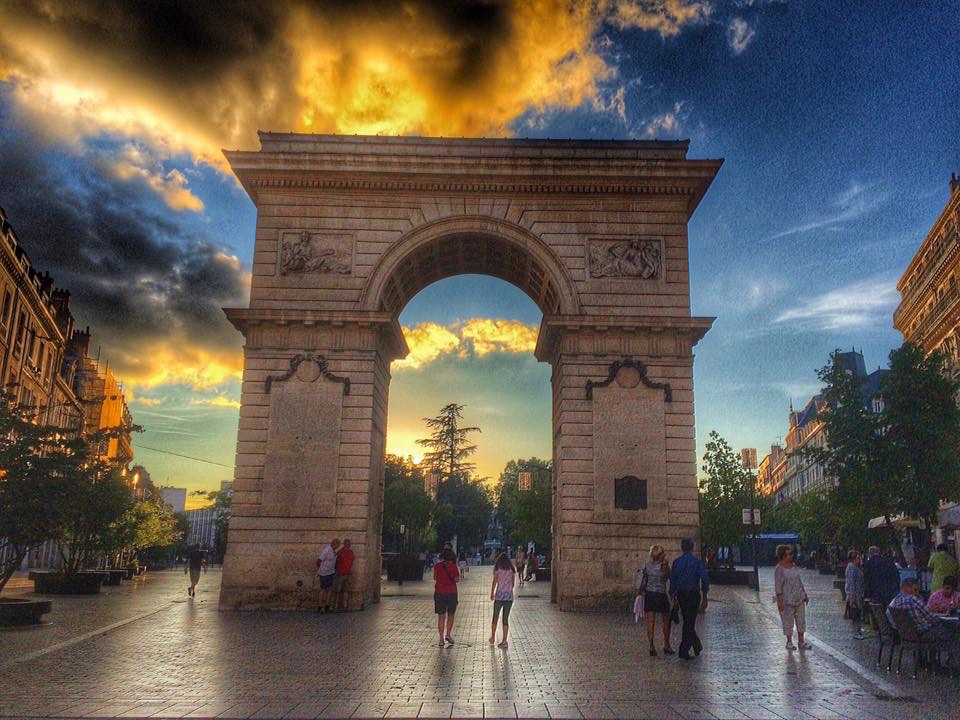
VISIT DIJON
Discover the city of Dijon and its historic center marked by the life of the Dukes of Burgundy.
120 € / person
LEARN TO TASTE
Discover the stages of tasting and learn to analyze the visual, olfactory and taste aspects of a wine.


